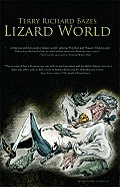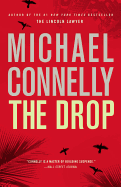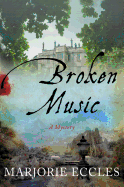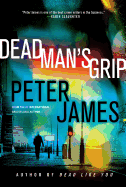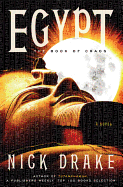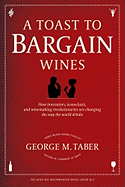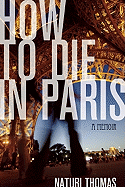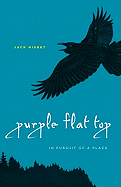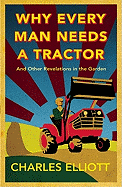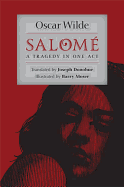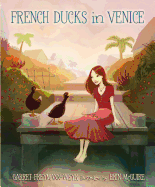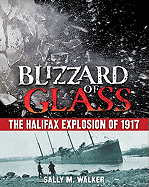Best Books Treasure Hunt
Making a list and checking it twice isn't just a Santa thing. For readers, list checking has become an annual ceremony, especially when national newspapers like the New York Times (Top 10 Books as well as 100 Notable Books) or the Washington Post offer their best book picks.
But best-of lists are everywhere, and a biblio-treasure hunt is well worth the time. We can jot down titles we may have missed, and map unexplored reading territory. These lists are conversation and argument starters. They matter. We're readers, after all; we have a vested interest in all this.
Here are a few of my favorite 2011 book lists thus far:
In the U.K., the Guardian compiles a "Books of the Year" feature by asking for recommendations from authors, including Chimamanda Adichie, Tariq Ali, John Banville, Margaret Drabble, Hilary Mantel and Lorrie Moore. It's like reading over their shoulder. You could easily put together a new must-read list for 2011 and never move on to 2012.
"Writers and guests" share their favorite fiction (including crime novels and translated works) and nonfiction titles with readers of the Financial Times. In Canada, you can explore a "Year's Worth of Great Reads" in the Vancouver Sun and the "Globe 100" in the Toronto Globe & Mail.
Esquire has its "10 Best Books" and the Atlantic's editors their "Best Book I Read This Year." For Salon, "Writers Choose Their Favorite Books of 2011," Slate's editors and writers pick their "Best Books." and Newsweek/Daily Beast features its "Writers' Favorite Books."
"Now treasure is ticklish work," said the captain in Robert Louis Stevenson's Treasure Island. It's also rewarding, and end-of-year best book lists are the maps that help us locate valuable hidden gems. --Robert Gray



